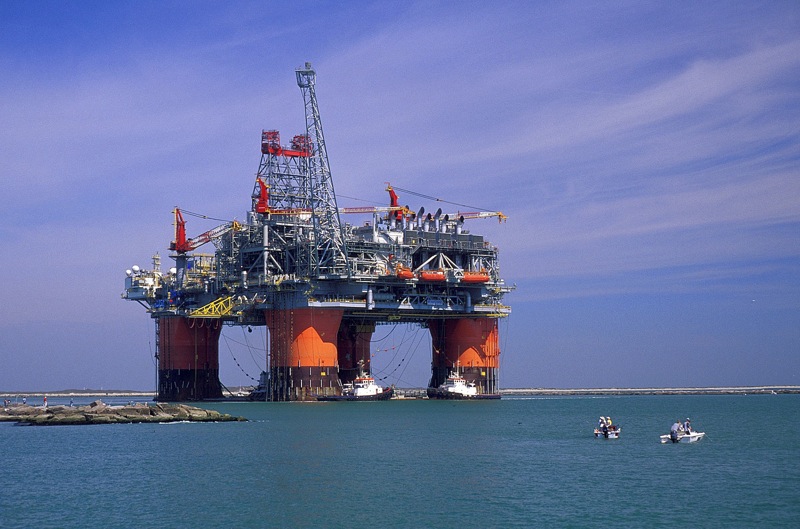BP's secret sauce for more oil: Less salt


--
So BP is doing something about it at its Clair Ridge site west of Scotland's Shetland Islands, where it is deploying a new "waterflooding" technique that it claims will boost the output considerably.
Waterflooding itself is not new. Offshore operators typically inject salt water into the sandstone to help push oil and gas toward the well.
But BP says that if you first remove salt from the water, a lot more oil will flow.
A BP technology called LoSal EOR (enhanced oil recovery) does just that. BP has tested it in Alaskan waters, and says it's ready for prime time at Clair Ridge, where BP now anticipates extracting an additional 42 million barrels on top of the estimated 640 million barrels of recoverable oil.
BP executive vice president for production Bob Fryar extolled the technology in a press release, noting "If it can be successfully applied to similar fields around the world it will increase the world's recoverable oil by billions of barrels."
The company and its partners are spending $7.3 billion at Clair Ridge, including $120 million on a desalination facility.
For the more scientifically minded, here's some chemistry porn from Chemistry World magazine explaining how the technology works:
Oil molecules are bound to clay particles within sandstone by divalent cations, such as calcium and magnesium, and in high salinity water the oil strongly adheres to the surface of the clay. However, when the salinity is lower, the divalent cations are swapped for monovalent ions such as sodium, breaking the bond and allowing the oil to be swept towards the well.
The Clair Ridge boost looks impressive. It would increase production by around 7 percent.
But if conventional offshore operations typically only extract a third of the oil, that begs room for plenty more improvement. If you have any bright ideas for better ways to swap divalent cations for monovalent ions, please write in below. Or wax on if you wish in favor of energy that's more renewable than the petrol tap. Meanwhile, to paraphrase Homer Simpson: Mmmmm....Fossil fuels!
--
Photo: BP via Flickr. Map from U.S. Department of Energy via Wikimedia.
More oil deep dives on SmartPlanet:
- Next oil and gas rush: South China Sea?
- China’s nuclear powered ocean floor mining station drills for oil, gold
- The cost of blunting peak oil
- The future of oil prices
- Oil demand shift: Asia takes over
- A model of oil prices
- The politics of peak oil
This post was originally published on Smartplanet.com